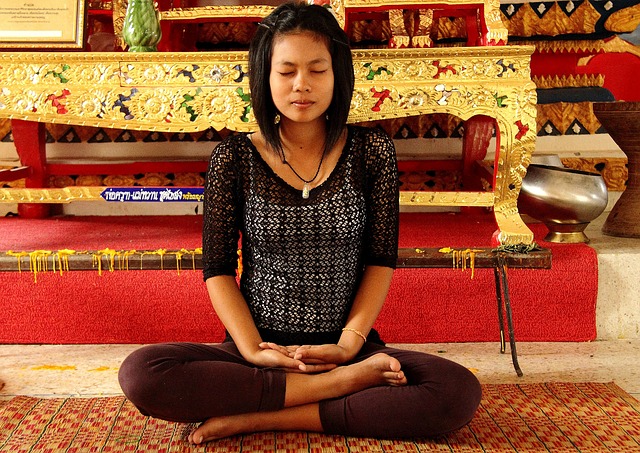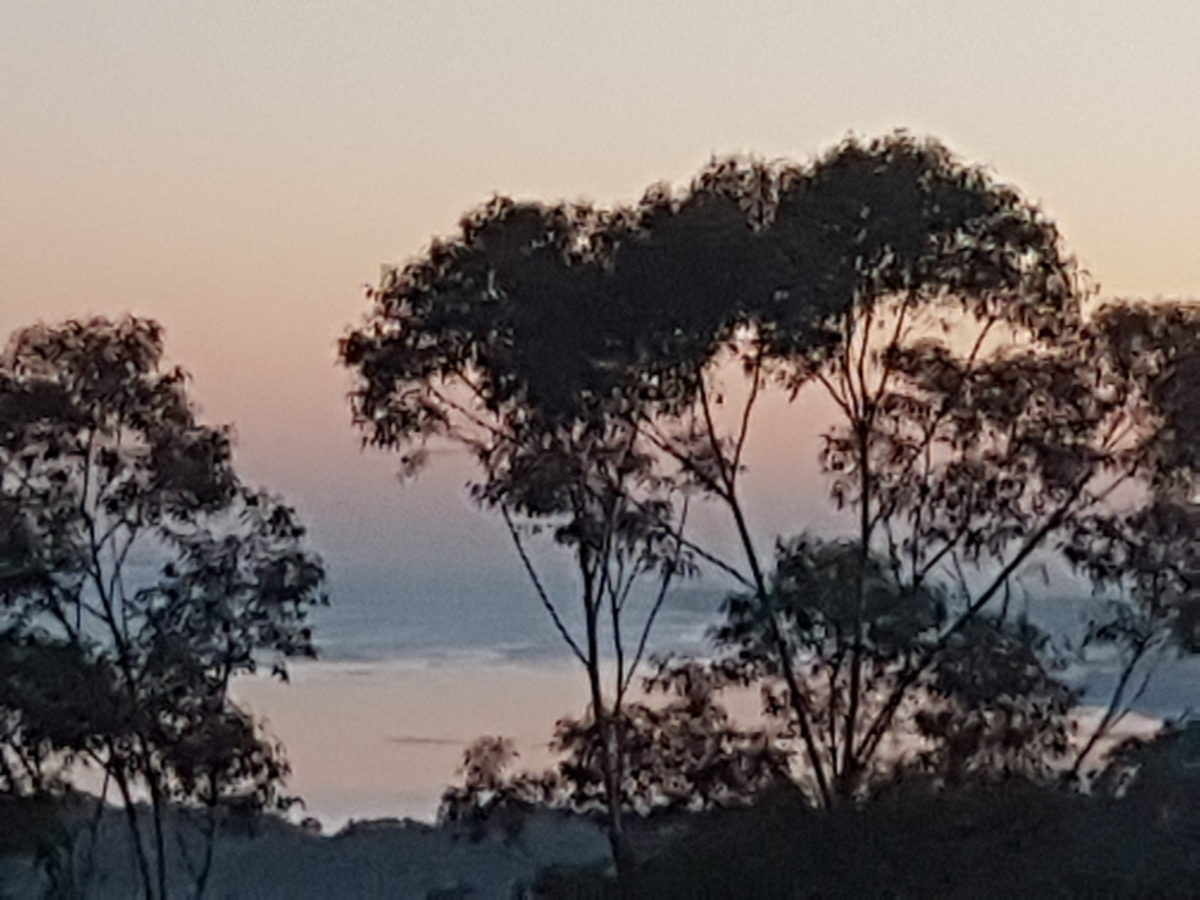Linda Graham, in her book, Bouncing Back: Rewiring Your Brain for Maximum Resilience and Well-Being, defines resilience as:
the capacity to respond to pressures and tragedies quickly, adaptively and effectively.
Shawn Anchor and Michelle Gielan in a HBR article suggest that resilience is about “how you recharge, not how you endure”. They argue that the misconception about resilience and endurance has led to the exponential rise in the “workaholic” with devastating effects on health, productivity and family relationships.
I have worked in many organisations where management has stated that staff needs to become “more resilient” when the staff were not coping with excessive workloads and unrealistic time pressures. This perspective incorrectly equates resilience with endurance and potentially leads to burnout.
As Linda Graham notes, resilience is more about our capacity to “bounce back” from setbacks and this requires us to recharge our batteries on an ongoing basis. It also requires re-wiring our brains so that we overcome negative self perceptions and fear-inducing perceptions of daily occurences.
Neuroscience research has demonstrated that when we grow mindfulness and develop the capacity to be fully in the present moment, we can alter our brains and reshape our perecptions. In the process, we can build our resilience.
Image Source: courtesy of makamukio on Pixabay




